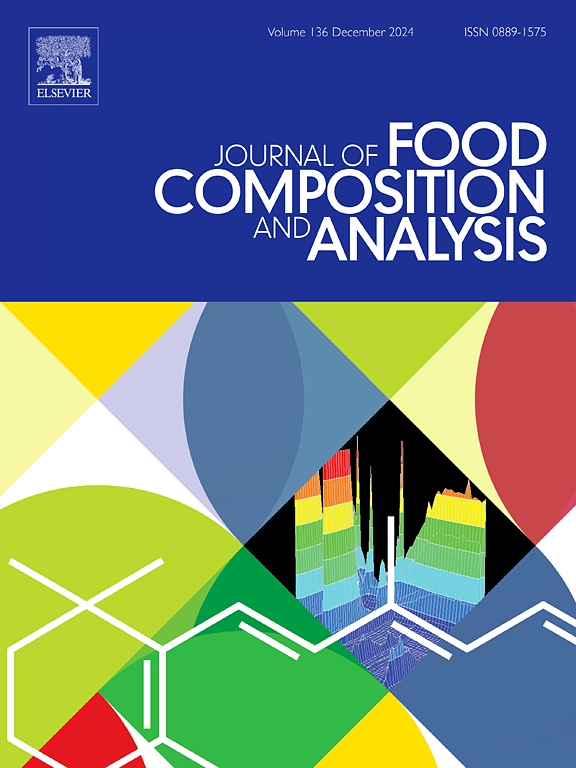Residue analysis, dissipation dynamics, and risk assessment of ipconazole in paddy environment by a modified QuEChERS/HPLC-MS method
IF 4
2区 农林科学
Q2 CHEMISTRY, APPLIED
引用次数: 0
Abstract
Ipconazole is used to control rice bakanae disease, but its residues may pose a risk to the environment and human health. In this study, the optimized QuEChERS pretreatment method combined with HPLC-MS analytical technique was used to establish a method for the determination of ipconazole residues in the paddy field environment. The dissipation dynamics of ipconazole in paddy soil and paddy water were studied, and the final residues in brown rice, rice plants, and rice husks were detected. The results showed that ipconazole had a good linear relationship with the peak area in the concentration range of 0.01–1 mg/L(R2>0.999). The LOD and LOQ were 0.0019–0.0046 mg/kg and 0.0063–0.0152 mg/kg, respectively. The intra-day and inter-day recoveries of ipconazole at three spiked levels were 77.36 %-107.26 % and 79.66 %-102.86 %, respectively. The RSDr and RSDR values were 0.86 %-9.16 % and 2.07 %-7.07 %, respectively. The half-life is less than 30 days, which belongs to the easily degradable pesticide. The residues of ipconazole in rice plants, brown rice, and rice husks were lower than LOD at 7 days before harvest. These findings are helpful to monitor the residue of ipconazole in rice fields.
求助全文
约1分钟内获得全文
求助全文
来源期刊

Journal of Food Composition and Analysis
工程技术-食品科技
CiteScore
6.20
自引率
11.60%
发文量
601
审稿时长
53 days
期刊介绍:
The Journal of Food Composition and Analysis publishes manuscripts on scientific aspects of data on the chemical composition of human foods, with particular emphasis on actual data on composition of foods; analytical methods; studies on the manipulation, storage, distribution and use of food composition data; and studies on the statistics, use and distribution of such data and data systems. The Journal''s basis is nutrient composition, with increasing emphasis on bioactive non-nutrient and anti-nutrient components. Papers must provide sufficient description of the food samples, analytical methods, quality control procedures and statistical treatments of the data to permit the end users of the food composition data to evaluate the appropriateness of such data in their projects.
The Journal does not publish papers on: microbiological compounds; sensory quality; aromatics/volatiles in food and wine; essential oils; organoleptic characteristics of food; physical properties; or clinical papers and pharmacology-related papers.
 求助内容:
求助内容: 应助结果提醒方式:
应助结果提醒方式:


